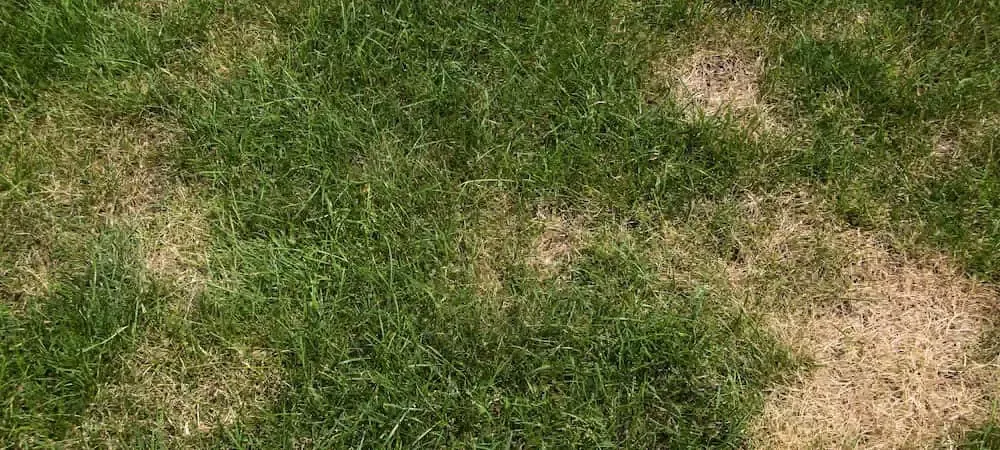Identifying & Treating Brown Patch Fungus in NC Lawns

If your lawn has started developing strange, circular brown spots this summer, you may be dealing with brown patch fungus—one of the most common lawn diseases in North Carolina. This disease spreads quickly during hot, humid conditions and can damage both warm-season and cool-season grasses. The sooner you identify and treat it, the better chance you have of restoring your lawn’s health.
What Is Brown Patch Fungus?
Brown patch is caused by the soil-borne fungus Rhizoctonia solani. It thrives when:
- Temperatures climb above 80°F during the day and stay above 60°F at night
- Humidity is consistently high
- Lawns remain wet overnight due to irrigation or rainfall
Because these conditions are common in North Carolina summers, brown patch outbreaks are frequent.
How to Identify Brown Patch
Brown patch often gets confused with drought damage or pet urine spots, but there are key differences:
- Shape: Appears as circular or irregular brown patches ranging from a few inches to several feet wide.
- Edges: May have a darker, smoke-like ring around the outside, especially visible in morning dew.
- Blade symptoms: Grass blades show tan lesions with dark brown edges.
- Spread: Expands outward in rings, unlike urine spots which stay the same size.
If you see smoky patches or rings in your lawn, it’s likely brown patch, not drought stress.
Common Causes & Risk Factors
Several lawn care habits make brown patch more likely to appear:
- Watering in the evening (grass stays wet overnight).
- Overwatering during humid months.
- High nitrogen fertilization in summer heat.
- Dense or shaded lawns with poor air circulation.
Correcting these issues can reduce outbreaks dramatically.
Immediate Steps to Control Brown Patch
If you suspect brown patch, quick action can prevent it from spreading:
- Change watering schedule: Water only in the early morning.
- Raise mowing height: Longer blades reduce stress on infected grass.
- Bag clippings: Avoid leaving infected clippings on the lawn.
- Reduce nitrogen applications: Hold off on heavy feeding until conditions improve.
Treatment Options
For active outbreaks, fungicides may be necessary to stop the spread:
- Preventive fungicides: Apply before hot, humid weather to stop spores from taking hold.
- Curative fungicides: Target active outbreaks but may require repeat applications.
- Organic alternatives: Compost teas and biofungicides may help, but results are slower and less reliable.
Always follow label instructions carefully, and rotate fungicides to prevent resistance.
Preventing Future Outbreaks
A strong lawn is the best defense against brown patch. Long-term practices include:
- Aeration: Improves air flow and reduces soil compaction.
- Balanced fertilization: Apply nitrogen in spring and fall, not in midsummer.
- Resistant grass varieties: Consider overseeding with cultivars less prone to disease.
- Mowing practices: Keep mower blades sharp and avoid cutting more than one-third of the blade at a time.
These steps create a healthier lawn that can better withstand fungus pressure.
Brown patch fungus can spread fast, but with early detection, treatment, and long-term prevention, you can protect your lawn from serious damage.
Need expert help restoring your turf? Explore our lawn care services for fungus treatment and disease prevention. For more seasonal advice, check out “Why Does My Lawn Turn Brown in Summer?” or learn about our tailored lawn care programs across North Carolina.
